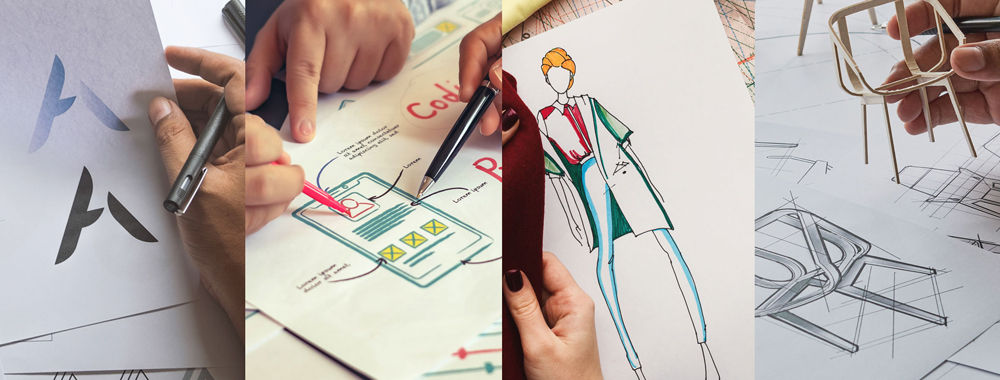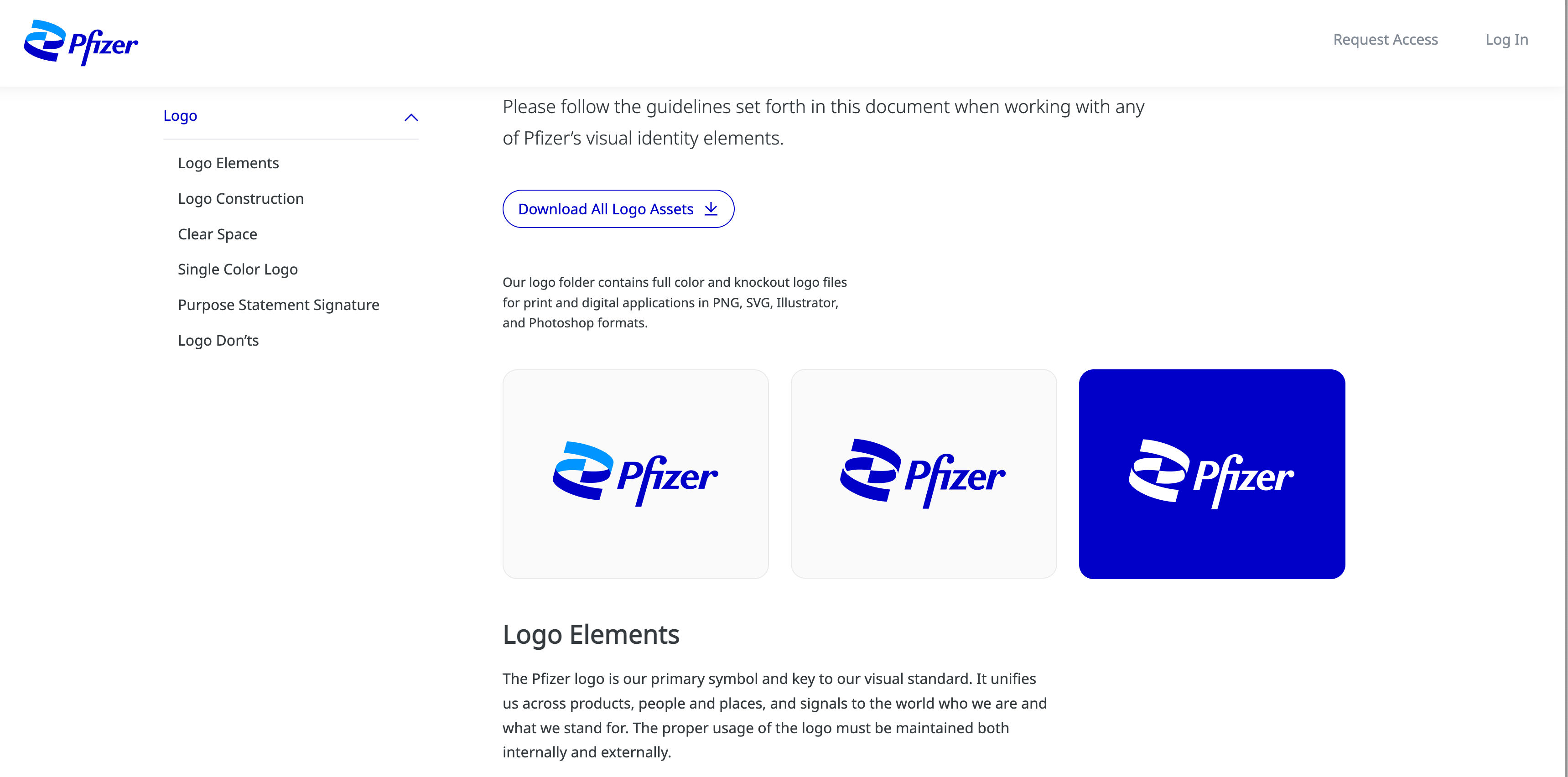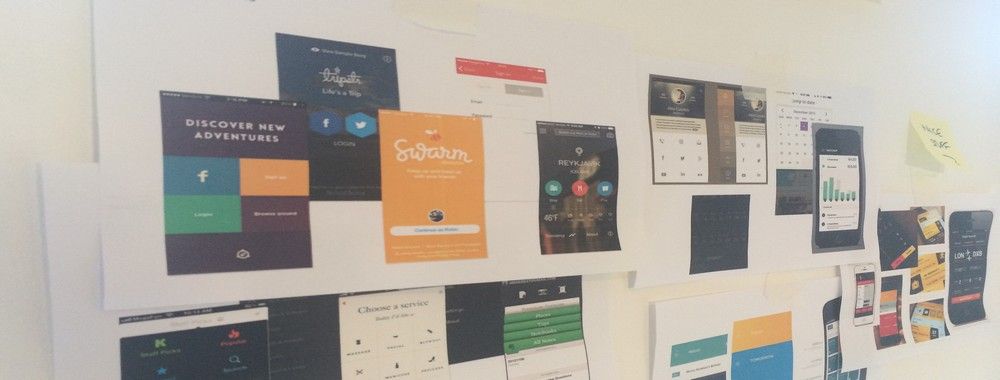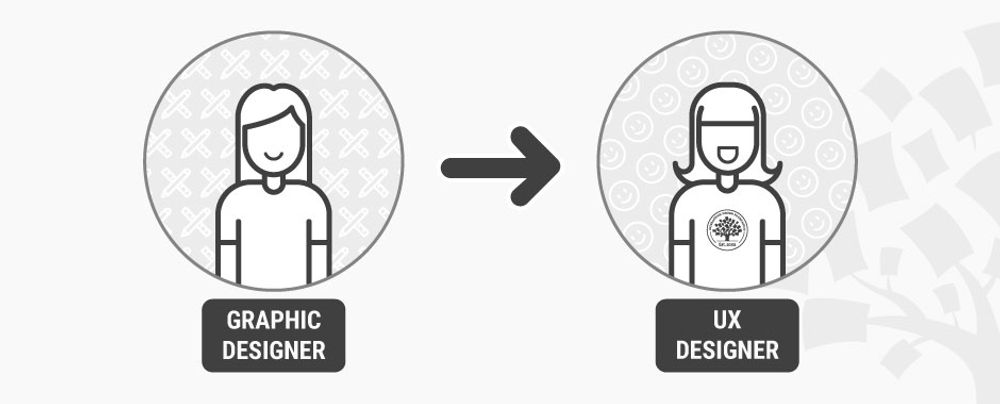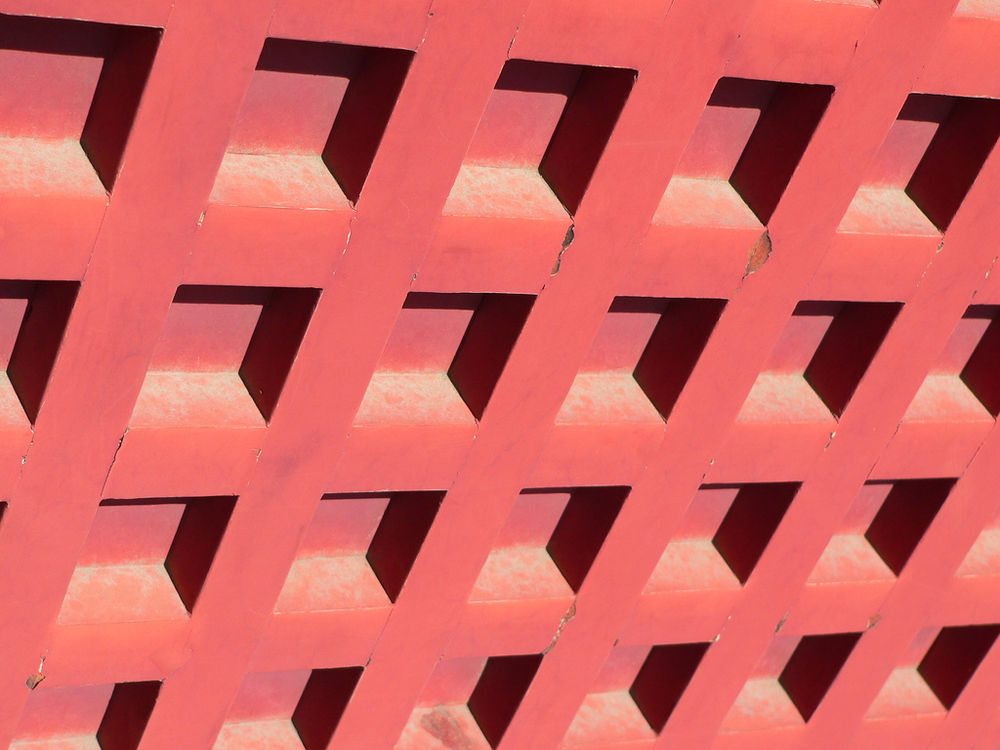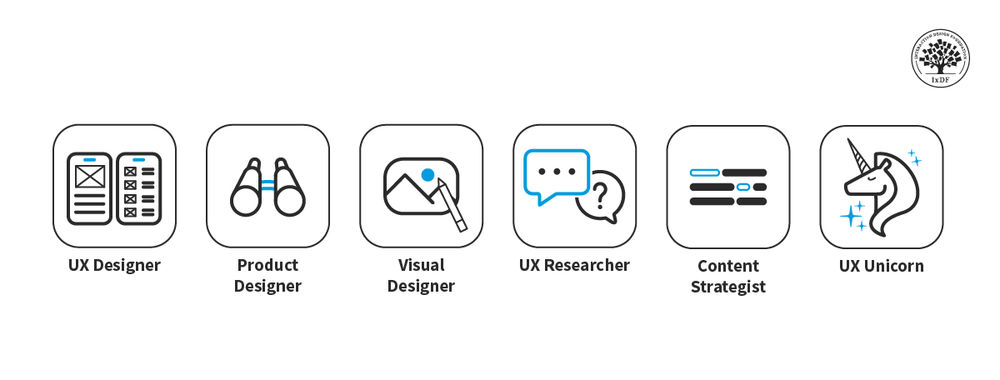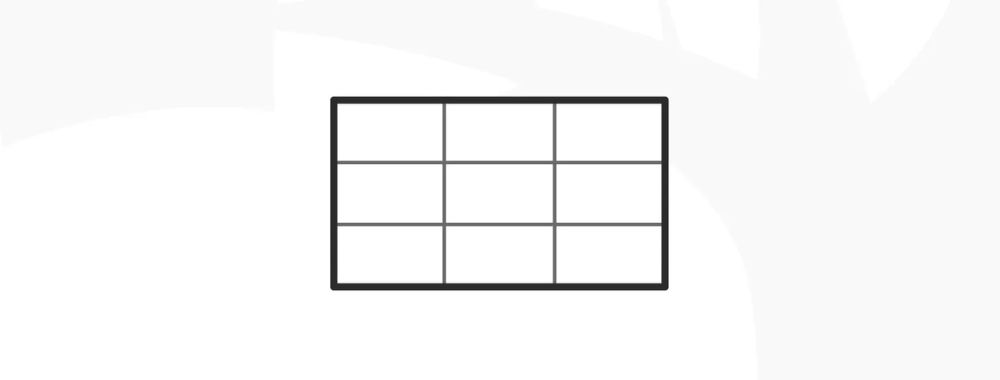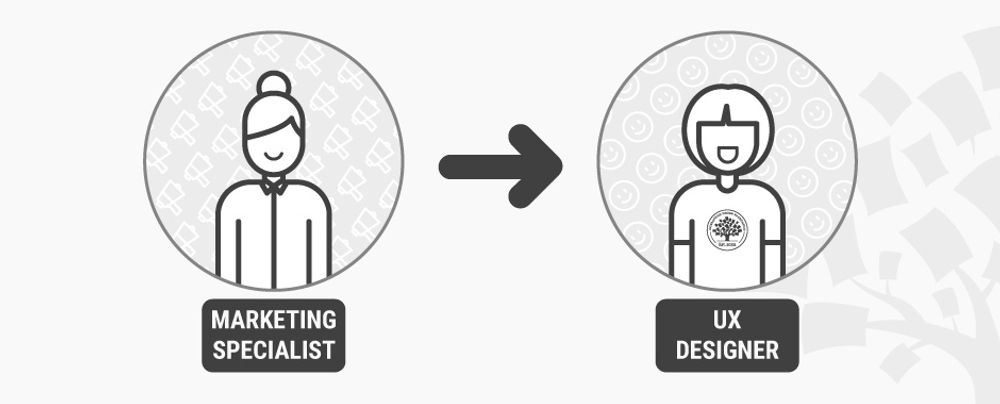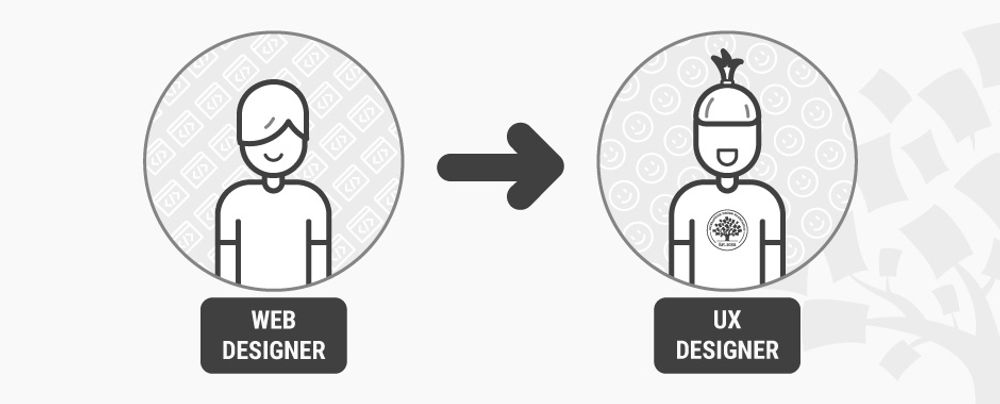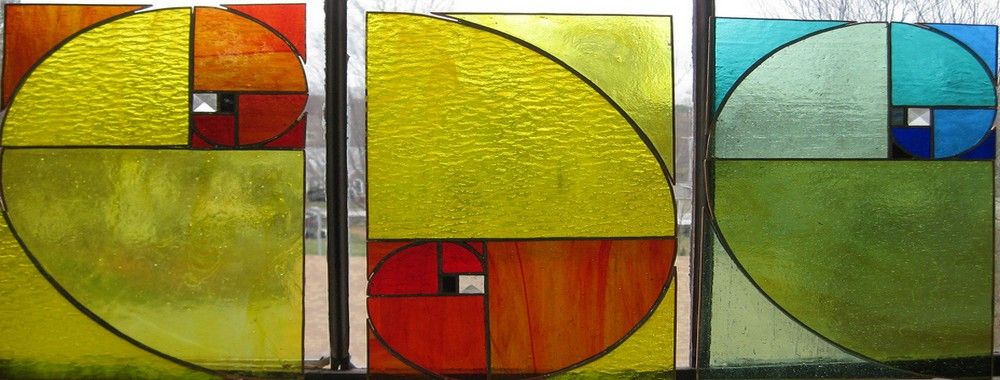Creativity is a massive appeal factor for designers (and those who enjoy what we do!) as they bring to bear their creative talents and skill sets on projects and dazzle users, customers, and the brand themselves who launch their design solutions. With that said, though—and for all the digital products that reach the target audience spot-on—things can get more than a little confusing on the hiring front. Different companies might list widely (and hopefully not wildly!) different responsibilities, and sometimes different roles will have the very same description! Read on about one role, the creative designer, to see what goes into being one and get a clear picture of what you do as one.
“Creative” and “designer” are pretty much complementary terms to each other, if not synonymous—much like “artist” would go in there, too—and it’s hard to imagine “uncreative design” getting anywhere. To be sure, creative designers are the driving force behind the experiences and perceptions of consumers, and that runs from the advertisements that turn up on billboards and screens to the products—including digital products like websites and apps—people “use” as users and customers.
They’ve got to know their “stuff,” their product (or service), and the people they’re catering to, and in UX (user experience) design, a creative designer is far more than someone who knows how to use design software. And the creative element isn’t about cutting loose with the design tools to make whatever they want; no, how it works is that a creative design specialist works with clients to understand their needs and expectations, understand their users’ needs—and customers’ needs—through solid user research and create designs that communicate a message or solve a problem in a visually appealing way.
Where the creative aspect really comes into play and deliver serious dividends is when the creative designer uses their ability to think outside the box, and—in fact—it’s a “prerequisite” of the job. After all, it takes an unusual skill (and we might stretch to term it “talent” too) to come up with and develop unique ideas that stand out in a crowded marketplace, and creativity and imagination are a big part of that, as is the willingness to take risks.
Watch as Author and Expert in Human-Computer Interaction, Professor Alan Dix explains important points about out of the box thinking:
And all those creative juices can’t stay in the head—not least since creative designers tend to find themselves on some form of design team, and having to get points across about their design choices and more. This is where they’ll need to have excellent communication skills, to explain the rationale behind what they’re deciding to do in a clear and—even more important—persuasive way to clients and other team members. Then, because design is a two-way street—and often has got many little side “avenues” and “alleys” leading off from it—a good designer has got to be able to listen to feedback (and actively so) if they’re to incorporate what others suggest into their designs as they need to.
“Designers actually can change the world for the better by making the complicated simple and finding beauty in truth.”
— Michael Bierut, graphic design critic at Yale School of Art and author of “79 Short Essays on Design”
Table of contents
- What Does a Creative Designer Do?
- What Is the Difference between a Creative Designer and a Graphic Designer?
- What Are Responsibilities of a Creative Designer?
- What Are Some Creative Designer Career Paths?
- What Skills and Education Does a Creative Designer Need?
- Creative Designer Salaries
- Other Benefits and Compensation for Creative Designers
- How to Become a Creative Designer
- The Take Away
- References and Where to Learn More
- Hero Image
What Does a Creative Designer Do?
For a “dictionary definition” as it applies to UX and UI (user interface) design, for instance, a creative designer is a professional who uses their skills and expertise to create visual concepts that get ideas and messages across to a usership, target audience, or what have you. They’re the ones who are responsible for a project’s aesthetics, and they take color schemes, typography, layout, and other design elements and apply and adapt them as they need to to produce a visually appealing product.
To answer “What is a creative designer?”—creative designers deliver a range of design assets to their clients, depending on the project—and some typical deliverables you can expect to hand off as a creative designer are these ones:
Logos and brand identities are ultra-important to get right—if not perfect—and creative designers may develop a logo and overall brand identity for a company or product: something impactful, something that seeps into the public consciousness in a way that resonates and they take to it, and recognize and trust it in the marketplace wherever they encounter it.
Brand identity and logo may seem a “simple” affair, but it’s a vital one to “nail” and come out with the best one possible, even if a logo may evolve over time afterwards. And it might not end there, in the form of deliverables, as a creative designer may find they’ll guide the branding strategy and provide support as needed—and welcome the point they’re also working as a kind of consultant in a sense.
![Image capture showing Pfizer's website]()
Pfizer uses a dedicated website to distribute their brand assets.
© Pfizer, Fair Use
Print and digital marketing materials are vital things to design right, too, and they include items like brochures, flyers, posters, social media graphics, and email newsletters.
Website design is where we’re talking serious UX and UI design, and creative designers here often find they’ll collaborate with web developers to create aesthetically compelling and user-friendly websites—digital products that don’t just get target users converting into satisfied ones (and customers in many cases) but that often serve as “ambassadors” of the brand and the first main point of contact with those they seek to serve, help, or otherwise delight.
App design is next (and note, this isn’t in order of importance), and with mobile UX design such a prevalent need in the 2020s—not least because most users online do so via mobile devices—many creative designers create interfaces for mobile apps that are easy to use and navigate.
Packaging design is another area creative designers can find their talents either focused on or “appended” to, and they can work on product packaging, making sure it’s aesthetically pleasing and functional.
What Is the Difference between a Creative Designer and a Graphic Designer?
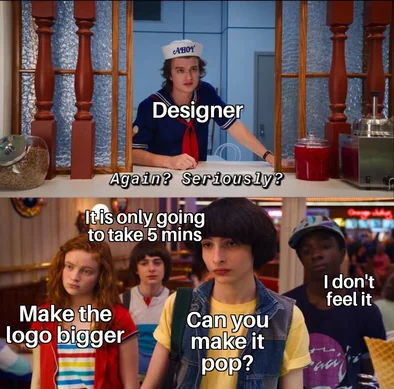
© Reddit, Fair Use
It’s an old—and ongoing and salient—question that’s an understandable one, not least as there is a fair bit of overlap between these two professions, and the main difference lies in the specific types of design tasks they’re responsible for and their level of involvement in the conceptualization process.
To be sure, both professions do call for a strong sense of creativity—and an eye for design—but, in the main, graphic designers create artwork that’s for print or digital media as a dedicated goal, and they may design logos, advertisements, brochures, or—at a push, depending on how much they know—websites. Creative designers have got a broader scope of work and may be involved in a wider variety of design tasks, and—on top of that—they may create print or digital media pieces, design physical products or interior spaces, and even be involved in planning and project management; quite a nifty bit of scope for maneuvering.
Creative designers often have got a more conceptual role in the design process, and they may develop a project’s overall look and feel, choose color schemes and typography, and create sketches or mockups to communicate their ideas to clients or other team members; nice “bonuses” that can translate—one can argue—to more of a sense of ownership.
You can learn more about the role of Graphic Designers here.
What Are Responsibilities of a Creative Designer?
They’ll vary widely from company to company and project to project, and as regards the responsibilities of a creative designer and what you do, you’ll tend to find some combination of the following tasks in the job description:
Collaborate with clients, stakeholders, and other team members to understand project requirements, goals, and objectives and translate them into design briefs—and that includes working with copywriters, web developers, marketing specialists, and anyone else who’s on the project to make sure consistency is for real across all aspects of the project.
Research to gather information about the target audience, the industry trends, the competitors, and other relevant factors to inform design decisions that will pay off when the final design emerges from the high-fidelity prototypes or other deliverables you do user testing on.
Develop unique and innovative design concepts that align with the client’s brand identity and vision and present them to clients for feedback and approval—and this is where it’s vital to “speak” the client’s “language,” not least since a great many businesspeople won’t have design backgrounds (and hence a reason why you’re there).
Watch as Executive Coach, Author, and Speaker, Todd Zaki Warfel explains important points about how to present design work to clients:
Create sketches, prototypes, wireframes, or mockups to visualize the design concept before finalizing it, and the “trick” here is to start early on and test early too. Sketches, wireframes, and low-fidelity prototypes (lo-fi) are great ways to try out concepts and see how they “fly” with the test users. Then, when you’re further along (and surer of things), you can invest a bit in high-fidelity prototypes (hi-fi) and see how the more developed design fares in usability tests and the like.
Create high-quality designs for different media—and they’re things such as print materials, websites, mobile apps, or games; the sky is the limit for what creative designers can turn their hands to; it depends on what they’ve signed up for with the client or employer.
Test designs for usability and functionality—and how usable a design is can run anywhere in the range from how well a poster transmits a meaningful message to, as UI and UX designers especially will find, how well a website or app works for test users when they conduct user testing and use analyzing metrics like engagement or conversion rates.
Iterate designs based on feedback—after tests and the like, from clients or users, or both (which is often the case) until the final tweak means it’s time for the prototype to become the product—and this takes a good eye and critical thinking skills to boot, while staying flexible as design challenges rear their heads and plans evolve.
Make sure that the final design meets technical specifications such as file formats or color profiles—not least since nobody likes unpleasant surprises on launch day, but also to get things nice and spot-on with what the client had brought the designer in to do.
Maintain complex projects at the same time—and this can happen from time to time, with the creative designer all the while meeting deadlines and providing client support as needed.
What Are Some Creative Designer Career Paths?
Some common career paths for creative designers include:
Graphic designers focus on creating designs for print or digital media—often static designs—and they may work in advertising agencies, publishing companies, or other organizations where they’re responsible for creating things like promotional materials and marketing campaigns.
Web designers and app designers create designs for websites and applications, and they’ve got to be familiar with web development technologies (like HTML and CSS) and user experience (UX) design principles so they can take their theoretical knowledge and expertise and make it come alive in not just compelling and popular designs but ones that are usable and effective to the maximum degree, too.
Fashion designers create clothing and accessories that are both functional and aesthetically pleasing, and they’ve got to be knowledgeable about textiles, color theory, and fashion trends—and can show their skills for a variety of clients (like department stores and boutiques) or let the wild creations flow forth on the runways of Milan and Paris.
Interior designers sound a bit “closer to home” than the far-flung fashion runways, and interior designers create designs for interior spaces like homes, offices, and public spaces, and what’s called for in their line of work is that they’ve got to balance functionality with aesthetics while considering lighting and acoustics so that elegance and “usefulness” come together whatever the building is.
Product designers create designs either for physical products—like electronics, furniture, or household appliances, and they’re proficient in aspects such as ergonomics and manufacturing processes—or digital products, like apps and other digital solutions, and so share a great deal of “attributes” in their job descriptions as web and application designers.
No matter which one you pick as a career path to be a creative designer, you can expect to work in a fast-paced environment where you’ll need to adapt to new challenges and technologies as they come (and keep on coming), but you’ll tend to find it will be more than worth it.
To be sure, with the right skills and experience, work as a creative designer and you can find you might not need to “work” at all, as you can enjoy a rewarding career that allows you to use your creativity to impact the world—and maybe even be the driving force behind the next best thing to hit the market and revolutionize how people do things.
What Skills and Education Does a Creative Designer Need?
To become a successful creative designer, it’s crucial to have a combination of technical skills and artistic ability—and that includes a strong understanding of design principles and techniques and (preferably!) proficiency in design software. You’ll find that it takes a dedicated skillset and mindset to help a great deal in problem-solving—and even defining what the real problem to design for is, because some research may expose it from the apparent problem everybody thought they understood the issue to be. And those design principles and tool-use know-how are going to come in more than a little handy when you get to grips with sorting out what the digital solution, for example, needs to look like.
Education-wise, many creative designers hold a degree in graphic design, fine arts, or a related field, but, with that said, many successful designers are self-taught or have pursued alternative educational paths. It’s good to bear in mind that art and design are different, so a raw and natural-born artistic talent is something that needs to get nurtured in design, and directed towards problem-solving approaches to what users in a target audience—or a brand’s customers—are after in a solution to their user needs.
Not for nothing, then, are there key personal qualities that can help make someone a successful creative designer—“traits” or elements like creativity, and—sure enough—creative designers have got to be able to think outside the box and produce unique and innovative solutions to design challenges. Then there’s attention to detail, too—not least since design work often means working down at fine granularity with tiny details that can have a massive effect on a project’s overall look and feel, and that’s why a good creative designer should be able to pay close attention to these details and make sure that everything comes out looking perfect (unless they’re working on a minimum viable product, or MVP, that just needs to be “good enough,” but still good-looking!).
Watch as CEO of Experience Dynamics, Frank Spillers explains important points about MVPs:
Flexibility is another “biggie,” and part and parcel of the role—and that’s because design projects can change very fast based on client feedback, budget constraints, or other factors—so it takes adapting fast and remaining flexible throughout the design process, whatever comes up or along.
Communication skills are another “must”—and maybe they’re one category that can even get overlooked sometimes because they’re either so “obvious” or they’ve been “overplayed” like a kind of corporate resume “buzz term” (sometimes in the same boat as “problem-solver” on a job ad), but for all the reasons, communication is nothing short of vital. Designers have got to be able to express themselves clearly—both in written form and verbally—to clients, to developers, to other stakeholders. In fact, communication is so vital that it’s impossible to overstate its value, as misunderstandings can be expensive—you may need to iterate more times than necessary or even redo everything from scratch, which will cost you time and money and strain client relations. To avoid that “stressathon,” it pays to be clear, and listen well, too.
Now that one’s out of the way, what’s left is—and last, but in no way least—passion for design: that means loving what you do to the point that you stay up-to-date with the latest trends and technologies in the field while pursuing your interests and passions in design. You take your love of design and work hard, be dedicated, humble, and willing to learn and grow as a design professional. It’s not to say that all of this needs to overshadow talent, because if somebody’s good at something there’s a chance they’ll love doing it, anyway!
Creative Designer Salaries
Creative Designer salaries can vary widely, and “amounts receivable” will depend on factors such as location, industry, and level of experience, but before anyone starts feeling pangs of frustration about not already being high up in, say, social media in a Silicon Valley company—or starts packing their bags with Big Apple dreams for New York—there’s a lot of opportunity out there, in many, many places.
In the United States, the median annual wage for a graphic designer—as per the Bureau of Labor Statistics—was $52,110 in May 2019, and it’s likely to have gone up a great deal in the time since. But wait (and take heart!)—creative designers who work in industries like advertising or software development (yes, that kind of exciting design) may pull in a great deal more than this, with top earners making upwards of $100,000 per year; a tidy sum.
It gets even better, though, because on top of those base salaries, many creative designers get benefits like health insurance (because we can get ill), retirement savings plans (because we will get old), and paid time off (because we’re human and we tend to rather love this thing called being alive). No need to fret if you want to be a freelance designer, though; you may be out in the “wilderness” when it comes to some employer benefits—but you may also have the potential to earn more per project than those the company would have in their direct hire, people working-full time for them, so freelancers can more than smile.
Other Benefits and Compensation for Creative Designers
In addition to base salaries and benefits, creative designers may receive other forms of compensation—like, for example, some companies offer bonuses or profit-sharing plans based on performance or company profits. Those are neat incentives to help the creative juices flow, but there’s a nifty bonus to talk about on top of those, and it’s that creative designers may also work on high-profile projects that boost their portfolio and reputation within the industry, and get some serious “street cred” for being attached to major market releases that might even become household names.
Last—but, again, not least—creative designers may have access to additional resources, neat plusses such as professional development opportunities or networking events, which they can use to get out there and connect and further themselves.
How to Become a Creative Designer
Develop your skills as your first port of call on the journey, and if you take courses or workshops in design principles, software applications, and other areas, you’ll help develop your skills as a creative designer—and note that the IxDF platform offers access to various online courses in creativity, visual design, and UX management to get you started and well into the subject matter that will lay the “runway” for you to take off in high gear as a designer.
Gain experience—since there’s nothing better than real-life experience to help you learn and grow in this profession, and you can start with freelance projects or internships to build your portfolio and get hands-on experience working with clients and real-world scenarios for design.
Build your portfolio—because... well, there are a fair few reasons, but most central is how your portfolio is essential to demonstrate your skills and abilities as a creative designer; and it’s like your very own “brand ambassador,” so make sure you highlight projects that demonstrate your versatility as a designer—and the IxDF shows you how to create a portfolio to land your dream job.
Network—and network and network! You might say it’s what you know and who you know in this sense, then. The IxDF’s ever-growing online community is an ideal place for you to go and find inspiration and support from people who understand what it means to be a creative problem-solver, and it’s a great place to showcase your work and connect with other designers—people you can connect with and even forge close, productive friendships.
Adesh Shah explains the importance of networking and how IxDF local groups help him achieve his professional goals.
© Interaction Design Foundation, CC BY-SA 4.0
Stay up-to-date—not least since the design world is constantly evolving—especially in the early decades of this century—so it’s more than just somewhat important to stay aware of the latest trends, technologies, and techniques in the field. Things move fast, but it’s not an insane flux; you can “contain” all the evolution you find when you attend conferences, read industry publications, and subscribe to publications such as our weekly newsletter.
The Take Away
In a nut-shell, creative designers are problem-solver visionaries—folks who bring life to an idea through design, and they’ve got to have the ability to think outside the box and use excellent communication skills to get ideas across in the clearest way. There’s so much potential, and so many possibilities with where you can go—and reach—with a creative designer’s role in all its different forms, hence why it’s important to develop your skills, network with fellow designers, and (perhaps most important of all, especially in the long run) build a portfolio that you can show proudly to potential employers.
Above all, you, dear creative designer, are your own brand, and you want your portfolio to be the best design you ever make, to springboard on to great opportunities—golden chances to leverage what you know (and what you know you can do) to bring about results that bring real impacts, even world-wide ones, with your name on the product or whatever people come to admire, use, and want.
References and Where to Learn More
Understand what graphic design is and how it shapes visual UX.
Read this interesting report from the U.S. Bureau of Labor Statistics about employment and wages for creative professionals.
Have a look at Michael Bierut’s excellent advice in his book, 79 Short Essays on Design:
Bierut, Michael. 2012. Seventy-Nine Short Essays on Design (Princeton Architectural Pr).
Hero Image
© Interaction Design Foundation, CC BY-SA 3.0
